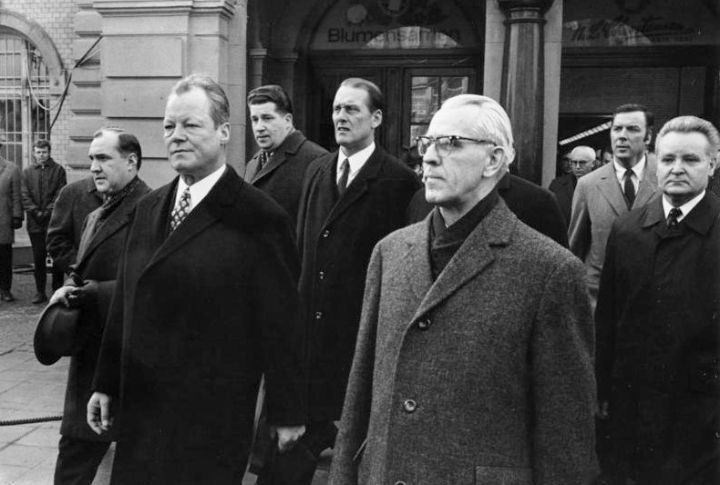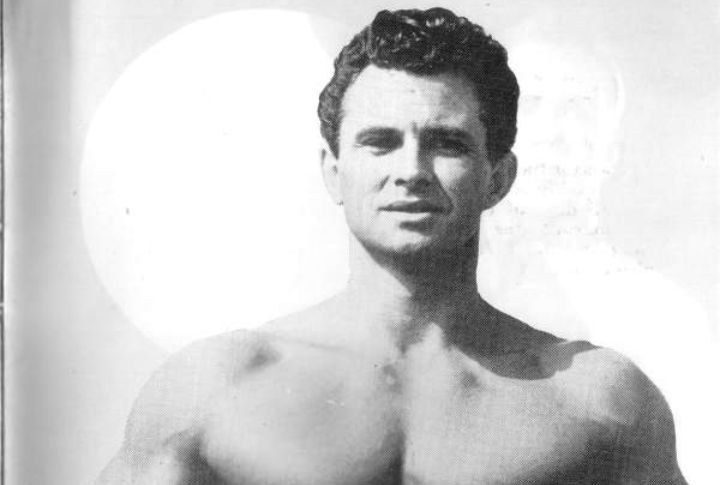
Life expectancy gauged through statistical life tables reveals the average years a person might live based on birth year and present health trends. While the U.S. often showcases higher longevity than the global average, it still trails behind other developed nations due to healthcare disparities and challenges like lifestyle-related diseases, opioid crises, and pandemics. As we look at these numbers, they tell us more than just how long people live; they show how our lives, policies, and innovations impact each other and what might lie ahead.
1941: Stepping into Conflict, Climbing in Health

As America edged toward World War II, community health strides pushed the average life expectancy to 64.8 years, reflecting improved sanitation and the early adoption of vaccines. Despite the shadow of conflict, men’s and women’s lifespans rose to 63.1 and 66.8 years, respectively. Increased awareness of nutrition also contributed to this uptrend.
1951: Riding the Wave of Economic Boom

In the economic boom of the 1950s, life expectancy surged to 68.4 years. Groundbreaking antibiotics like penicillin and better maternal health care uplifted women’s lifespan to 71.4 years, and men’s to 65.6. Health education became more widespread, further boosting everyone’s expectations of life.
1961: An Era of Medical Milestones and Mindsets

With medical breakthroughs and stronger welfare campaigns, life’s duration had climbed to 70.2 years by 1961. The bearing of vaccines similar to those for polio and a growing knowledge of healthy behavior patterns significantly extended life spans, with women reaching 73.6 years and men 67.1 years. Mirroring societal shifts toward preventive measures, enhanced vehicle safety also began to reduce accidental deaths.
1971: Developments Amidst Social Change

Amidst communal tendencies, Americans saw their period of existence rise to 71.1 years. Men lived up to 67.4 years, while women reached 75 due to continued healthcare improvements and an increased focus on chronic disease prevention throughout a transformative era. The environmental movement spurred firmer public policies, too.
1981: Lifestyle and Healthcare Progress

By 1981, with life expectancy climbing to 74.1 years, advancements in medical technology and heightened wellness insight were evident. Thanks to lifestyle advances and favorable healthcare access, men’s lifespan rose to 70.4 years, and women’s to 77.8 years. Anti-smoking campaigns gained momentum and contributed to general wellness.
1991: Health Awareness Peaks

During the 1990s, life expectancy went up to 75.5 years. Advances in clinical treatments and core strategies with disease prevention as the main focus boosted men’s longevity to 72 years and women’s to 78.9 years. This decade, individuals witnessed a rise in fitness culture, which promoted longer and healthier lives.
2001: The Turn of the Millennium

Completing the Human Genome Project in 2001, a monumental achievement in medical science, pushed life expectancy to 77 years. Insights profoundly influenced women’s health protocols and life expectancies, growing to 79.5 years and men’s to 74.3 years.
2011: Modern Medical Innovations

The Affordable Care Act of 2010 was critical in expanding healthcare access, which led to an increase in life expectancy to 78.7 years by 2011. Men and women enjoyed longer lives, with 76.3 and 81.1 years of life spans, respectively, driven by innovative treatments and continuing policy improvements.
2021: A Dip Amid Challenges

Lifespan decreased to 76.4 years in 2021 due to COVID-19. Consequently, men’s and women’s life expectancies were 73.5 and 79.3 years, owing to the significant biomedical issues faced during this period and the temporary setback in ten years of longevity gains. Public health efforts intensified in response to address this unprecedented crisis.
Future Projections and Challenges

Progress in technology and healthcare, health-specific policy changes, and ongoing complications like obesity and drug use could shape prospective routines in lifespans. Comprehending these factors aids policymakers in planning for brighter prospects. Anticipating these alterations is critical for developing approaches to adapt to an aged populace.
